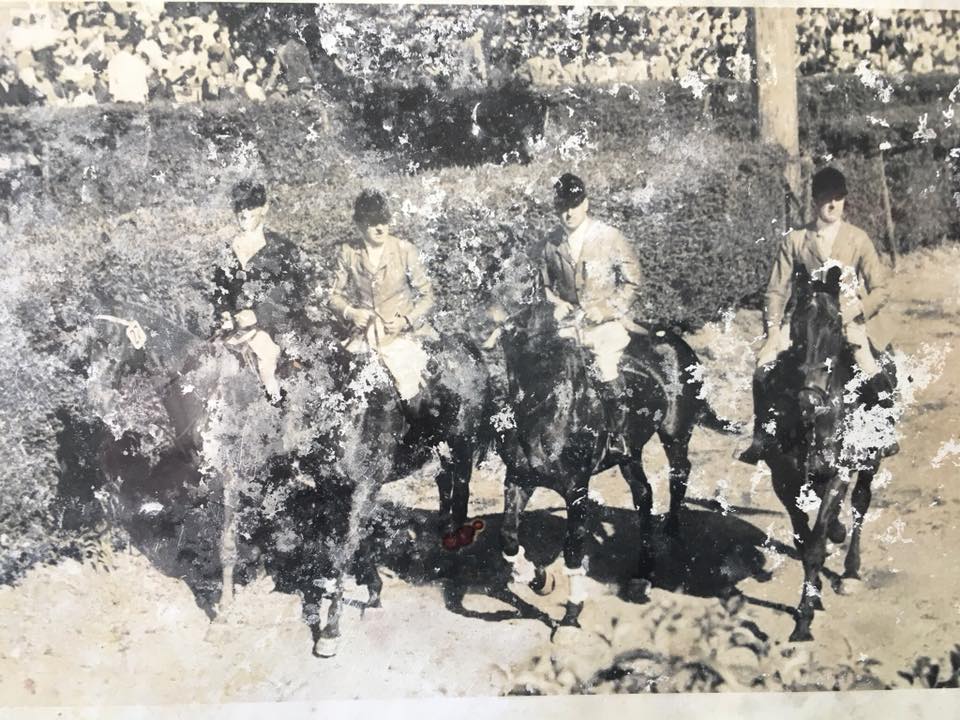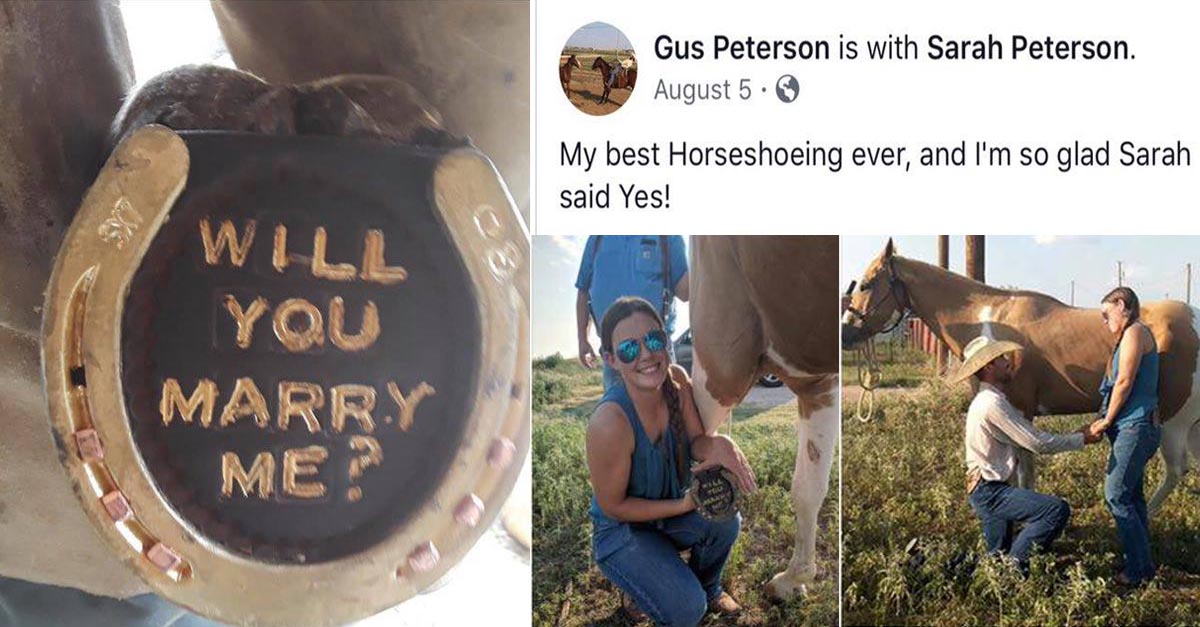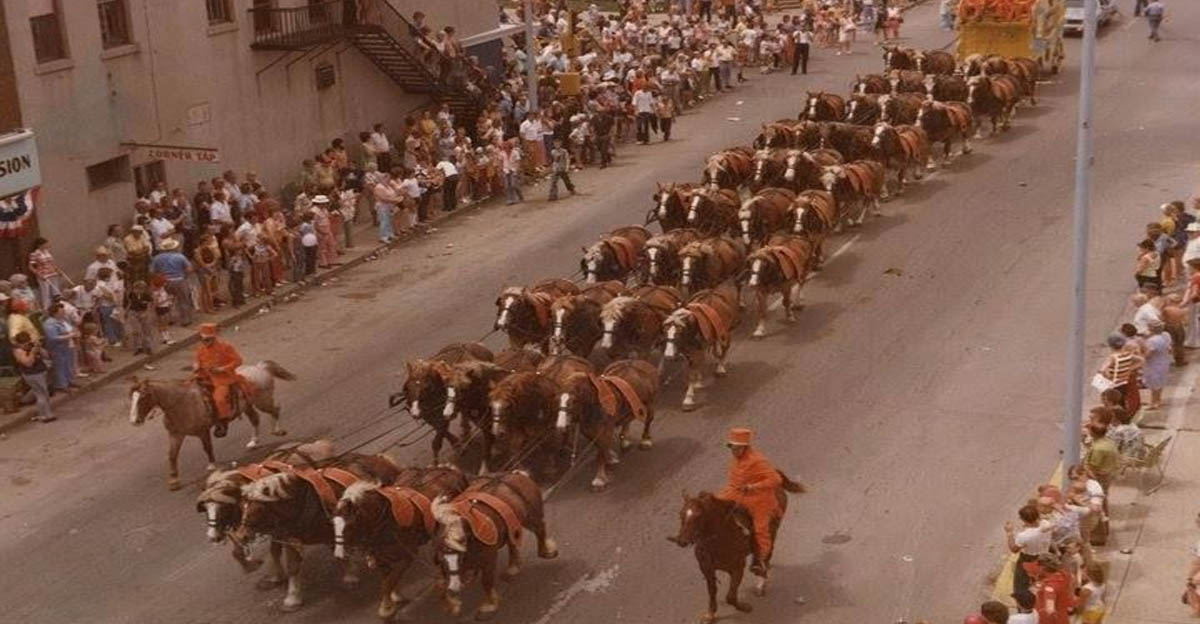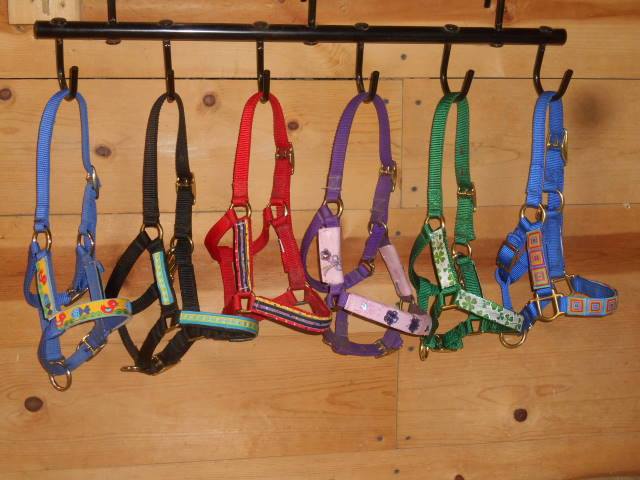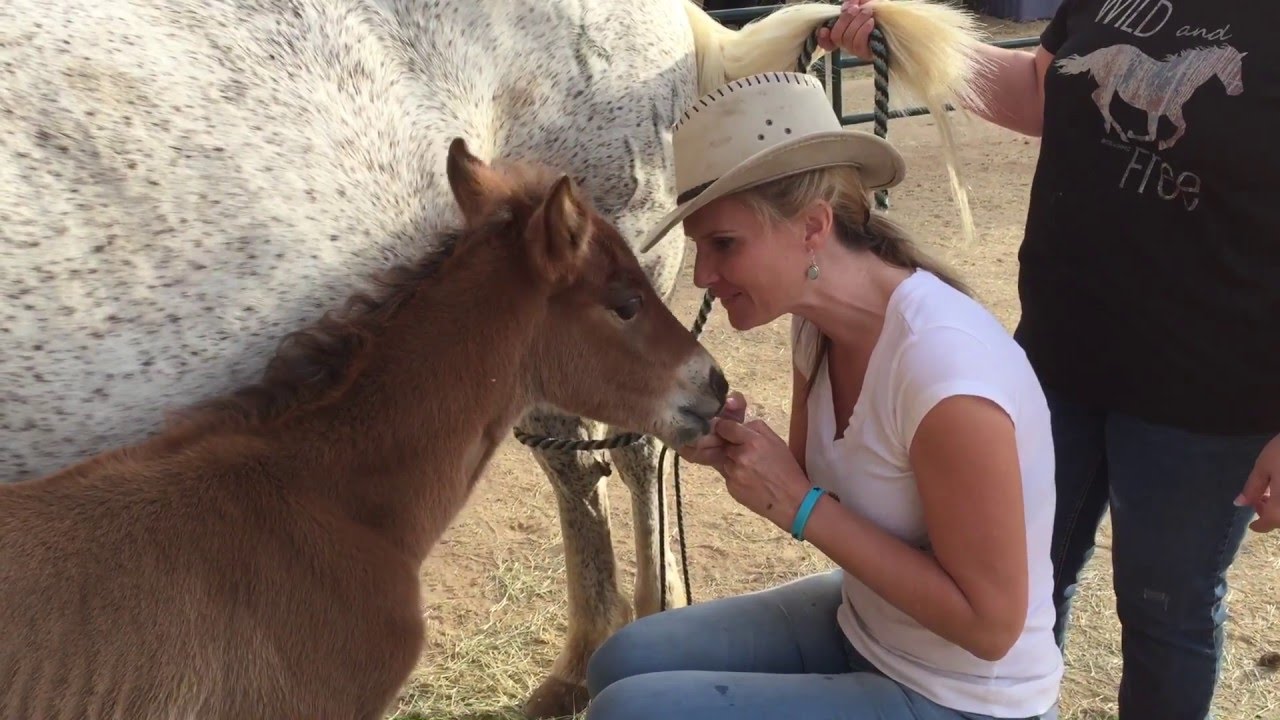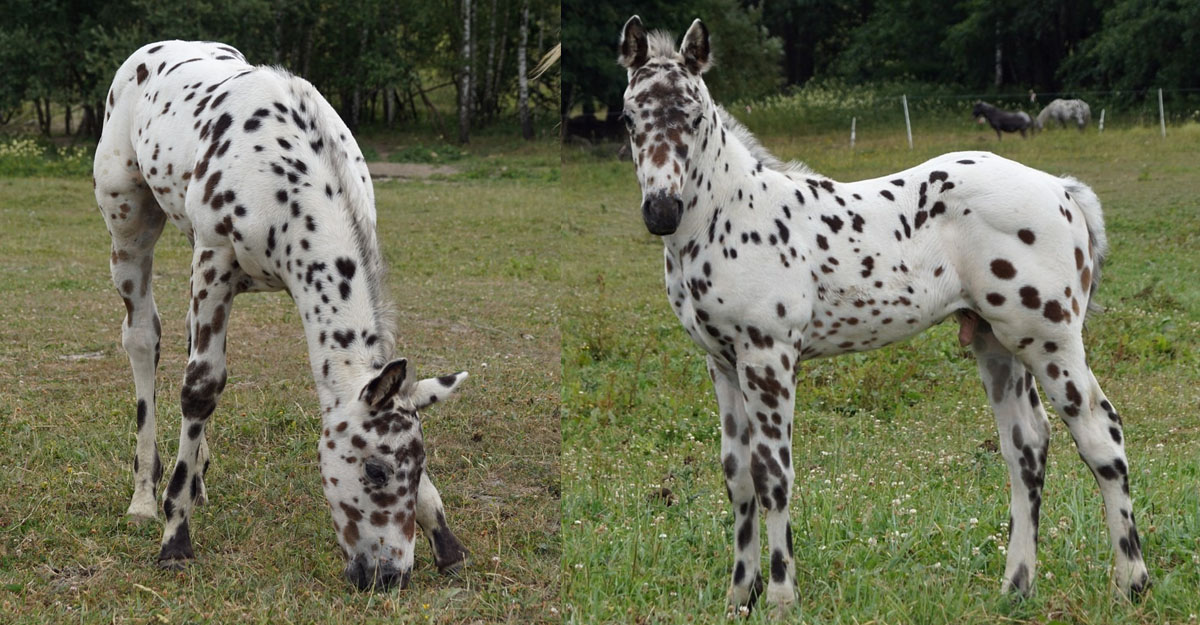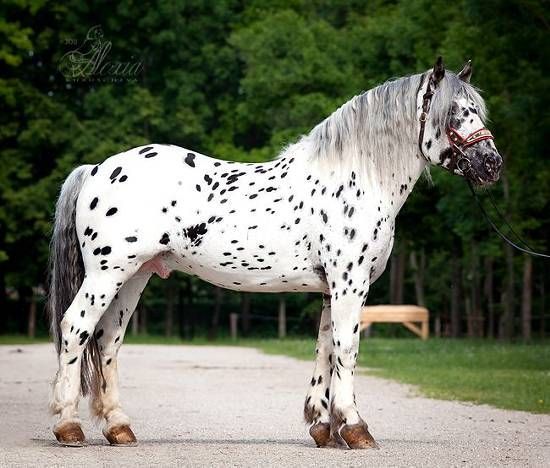Saddle Bags and Accessories
For horsewomen, we collect saddle bags like some women collect purses and shoes. After all, different types of rides call for different types of saddlebags…just like different occasions call for different purses and shoes.
(We might be into purses and shoes if we didn’t own horses and spend all our extra money on our horses, thereby making us less likely to be purse and shoe shoppers. We have been known, however, to spring for a pair of $150-$200 cowboy/riding boots.)
But, back to saddle bags…or should we say…saddle accessories: There are some new, very handy saddle accessories on the market today that allow us to keep our lunch, cameras, jacket, water bottles, cell phones, rain slicker, keys, snacks, maps, GPS’s, etc., etc. close at hand when we are out riding.
This article will talk about some of the saddle accessories that are available, how to pick the right ones for your saddle and your rides and a few tips.
First, what comes to mind when you think of the word “saddle bags”? Usually the old time, classic leather saddle bags that fit on the rear skirts of your saddle, one bag on each side of your horse, right? Leather saddle bags are still available and very useful for carrying your gear. For a rider who prefers the old timey, cowboy look, these leather saddlebags give your saddle a certain classic style. Some are smooth leather, while others are tooled, and silver conchos and leather strings can be added for show. The drawbacks however are that you do have to use a leather cleaner/conditioner and oil your leather saddle bags…and they are probably not be the best option for carrying wet items or keeping things insulated.
There are several excellent options nowadays for insulated bags. You can get insulated horn or pommel bags as well as insulated cantlebags and saddle bags. They come in a variety of different materials and colors and you can mix and match.
Horn bags or pommel bags offer a great way to pack items you want to keep close at hand. You don’t have to turn around in the saddle to access items in these bags. It’s also a good place to carry heavier items, since it is better for your horse to carry weight on the front rather than over the kidney area. Hornbags or pommelbags which are insulated or have removeable insulated liners are great for day rides. Our tip…freeze two bottles of water (one for each bag) and put two more cold water bottles…(or one bottle of water and your lunch) in with the frozen bottles. On really hot days, this is excellent, because it will keep your water and lunch cool until lunchtime, then by the time you’re ready for it later in the afternoon, the frozen water bottles have melted and you still have cold water to drink! If you’re not carrying beverages or lunch, the padding in the insulated horn or pommel bags creates a safer place to carry a camera or other more fragile items than a non-insulated bag.
Some things to consider for horn bags or pommel bags on your saddle:
1. Make sure the slit or hole for the horn on the horn bags is big enough for your saddle horn.
2. If you have a hornless saddle, make sure the pommel bags have straps to secure your bags to your pommel area. Adjustable straps work best.
3. Consider how you will attach the horn or pommel bags in the most secure way. Does the horn or pommel bag have loops, rings or grommets on the back/bottom of each bag that you can clip or tie to your saddle? Do you have saddle strings on the front of your saddle that will allow you to fit them through the loops/rings grommets or will you need clips or separate ties. At a high lope, you don’t want your bags bouncing off your saddle!
4. Consider what type of ride you’re taking and what you plan to carry horseback. If you are carrying water and lunch as mentioned above, then insulated bags are the way to go. If you just want your keys, Kleenex, chapstick, sunglasses, or other small items, then smaller, unlined bags would be your choice.
Cantlebags are a great place to stick your rain slicker and jacket to keep them from getting hairy and dirty from your saddle and horse! If you go with the larger cantlebags, you can also pack your lunch, sunscreen, fly spray, horse/people first aid bag and more (along with a jacket and slicker or bedroll). The best type of cantle bag has brass grommets, dee rings or loops to tie saddle strings through or clips to clip to saddle rings as well as adjustable nylon straps on each side that can fit through your rear cinch dee rings or slits for added security. The only disadvantage to a cantlebag occurs when it isn’t packed fully and evenly…the load shifts from one side to the other.
Some things to consider with cantle bags are again…does the bag offer enough ways to securely fasten onto your saddle without coming off or bouncing excessively? Does your saddle have the right attachments (strings, rings or clips) for the cantle bag? What do you plan to carry in your cantlebag? How small or large do you need it to be?
Rear Saddlebags come in a vast array of styles and materials. Some common materials are cordura, nylon, canvas, or leather. Saddlebags can be in small or large sizes and be uninsulated, insulated, have removeable insulated liners or plastic liners. Some even include a cantle bag…a full rear saddle bag system. Some of these rear saddle bag systems even have a detachable cantlebag that can be loaded separately.With Rear Saddlebags and rear saddlebag systems, you need to make sure once again that you can securely attach the bags to your saddle. You also want to make sure when they are fully packed and attached that your saddle pad is sufficient to keep them from rubbing on your horse. Especially with larger saddle bags, you want to make sure that they are loaded evenly. Using a small packer’s scale works great for this purpose.
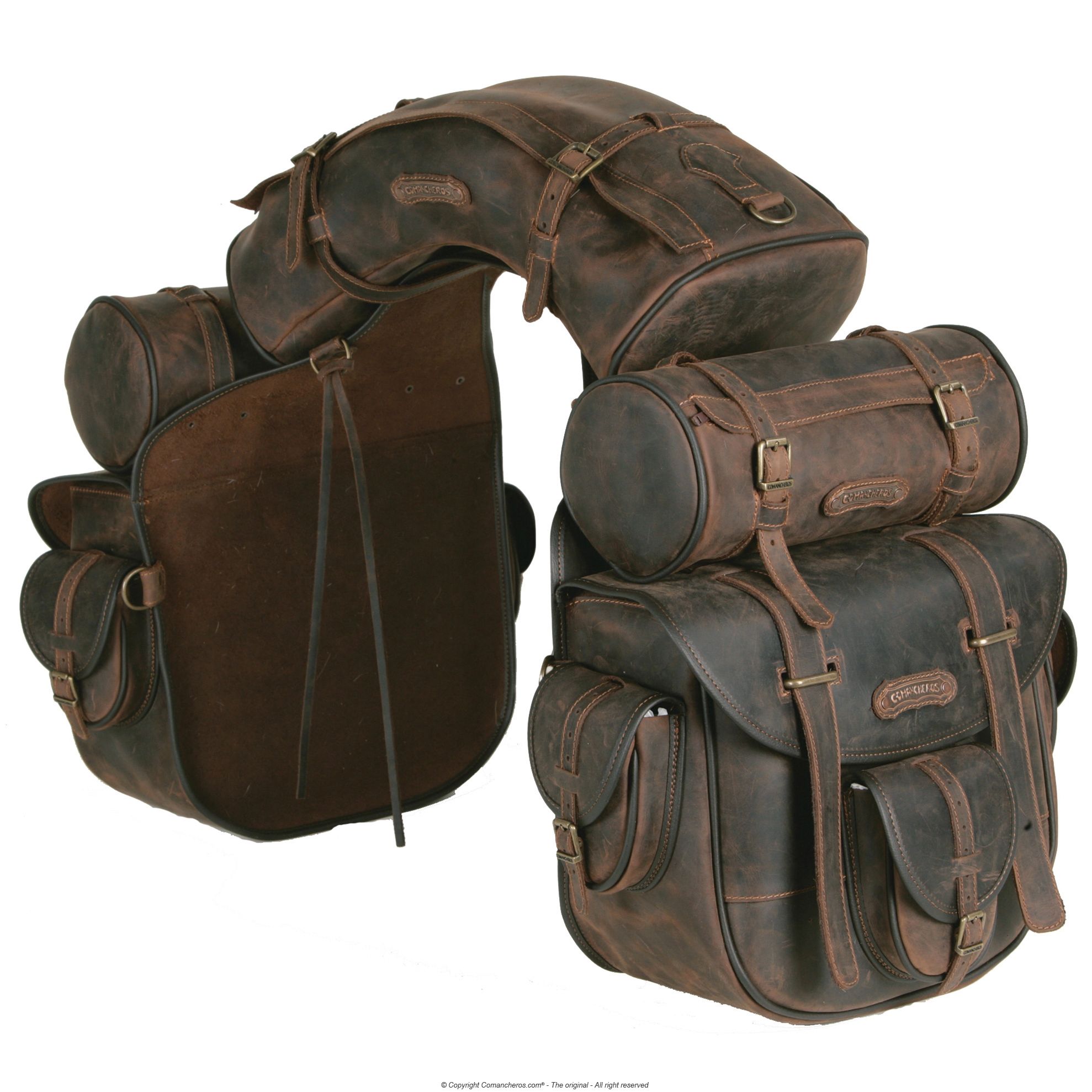
(We might be into purses and shoes if we didn’t own horses and spend all our extra money on our horses, thereby making us less likely to be purse and shoe shoppers. We have been known, however, to spring for a pair of $150-$200 cowboy/riding boots.)
But, back to saddle bags…or should we say…saddle accessories: There are some new, very handy saddle accessories on the market today that allow us to keep our lunch, cameras, jacket, water bottles, cell phones, rain slicker, keys, snacks, maps, GPS’s, etc., etc. close at hand when we are out riding.
This article will talk about some of the saddle accessories that are available, how to pick the right ones for your saddle and your rides and a few tips.
First, what comes to mind when you think of the word “saddle bags”? Usually the old time, classic leather saddle bags that fit on the rear skirts of your saddle, one bag on each side of your horse, right? Leather saddle bags are still available and very useful for carrying your gear. For a rider who prefers the old timey, cowboy look, these leather saddlebags give your saddle a certain classic style. Some are smooth leather, while others are tooled, and silver conchos and leather strings can be added for show. The drawbacks however are that you do have to use a leather cleaner/conditioner and oil your leather saddle bags…and they are probably not be the best option for carrying wet items or keeping things insulated.
There are several excellent options nowadays for insulated bags. You can get insulated horn or pommel bags as well as insulated cantlebags and saddle bags. They come in a variety of different materials and colors and you can mix and match.
Horn bags or pommel bags offer a great way to pack items you want to keep close at hand. You don’t have to turn around in the saddle to access items in these bags. It’s also a good place to carry heavier items, since it is better for your horse to carry weight on the front rather than over the kidney area. Hornbags or pommelbags which are insulated or have removeable insulated liners are great for day rides. Our tip…freeze two bottles of water (one for each bag) and put two more cold water bottles…(or one bottle of water and your lunch) in with the frozen bottles. On really hot days, this is excellent, because it will keep your water and lunch cool until lunchtime, then by the time you’re ready for it later in the afternoon, the frozen water bottles have melted and you still have cold water to drink! If you’re not carrying beverages or lunch, the padding in the insulated horn or pommel bags creates a safer place to carry a camera or other more fragile items than a non-insulated bag.
Some things to consider for horn bags or pommel bags on your saddle:
1. Make sure the slit or hole for the horn on the horn bags is big enough for your saddle horn.
2. If you have a hornless saddle, make sure the pommel bags have straps to secure your bags to your pommel area. Adjustable straps work best.
3. Consider how you will attach the horn or pommel bags in the most secure way. Does the horn or pommel bag have loops, rings or grommets on the back/bottom of each bag that you can clip or tie to your saddle? Do you have saddle strings on the front of your saddle that will allow you to fit them through the loops/rings grommets or will you need clips or separate ties. At a high lope, you don’t want your bags bouncing off your saddle!
4. Consider what type of ride you’re taking and what you plan to carry horseback. If you are carrying water and lunch as mentioned above, then insulated bags are the way to go. If you just want your keys, Kleenex, chapstick, sunglasses, or other small items, then smaller, unlined bags would be your choice.
Cantlebags are a great place to stick your rain slicker and jacket to keep them from getting hairy and dirty from your saddle and horse! If you go with the larger cantlebags, you can also pack your lunch, sunscreen, fly spray, horse/people first aid bag and more (along with a jacket and slicker or bedroll). The best type of cantle bag has brass grommets, dee rings or loops to tie saddle strings through or clips to clip to saddle rings as well as adjustable nylon straps on each side that can fit through your rear cinch dee rings or slits for added security. The only disadvantage to a cantlebag occurs when it isn’t packed fully and evenly…the load shifts from one side to the other.
Some things to consider with cantle bags are again…does the bag offer enough ways to securely fasten onto your saddle without coming off or bouncing excessively? Does your saddle have the right attachments (strings, rings or clips) for the cantle bag? What do you plan to carry in your cantlebag? How small or large do you need it to be?
Rear Saddlebags come in a vast array of styles and materials. Some common materials are cordura, nylon, canvas, or leather. Saddlebags can be in small or large sizes and be uninsulated, insulated, have removeable insulated liners or plastic liners. Some even include a cantle bag…a full rear saddle bag system. Some of these rear saddle bag systems even have a detachable cantlebag that can be loaded separately.With Rear Saddlebags and rear saddlebag systems, you need to make sure once again that you can securely attach the bags to your saddle. You also want to make sure when they are fully packed and attached that your saddle pad is sufficient to keep them from rubbing on your horse. Especially with larger saddle bags, you want to make sure that they are loaded evenly. Using a small packer’s scale works great for this purpose.









